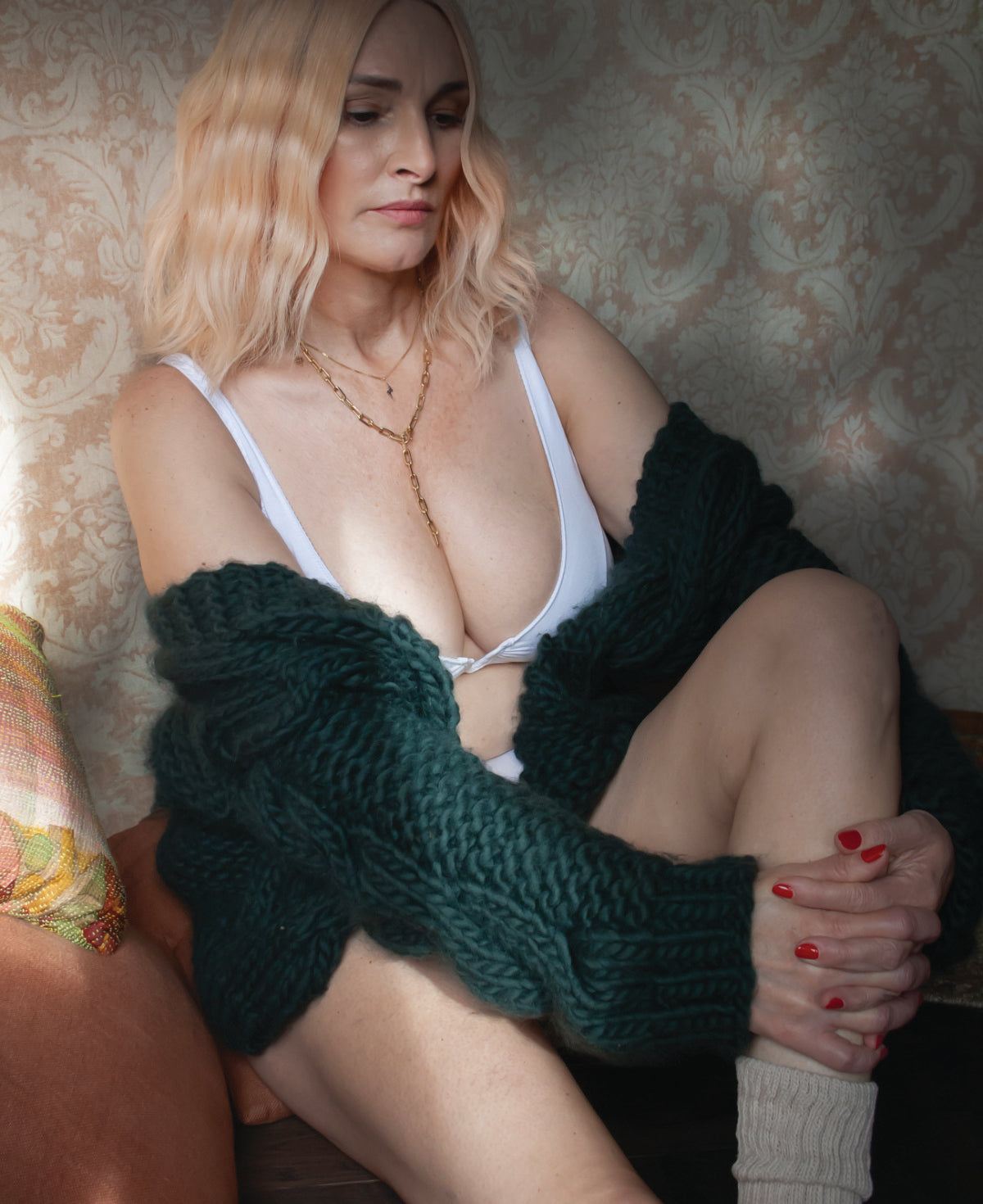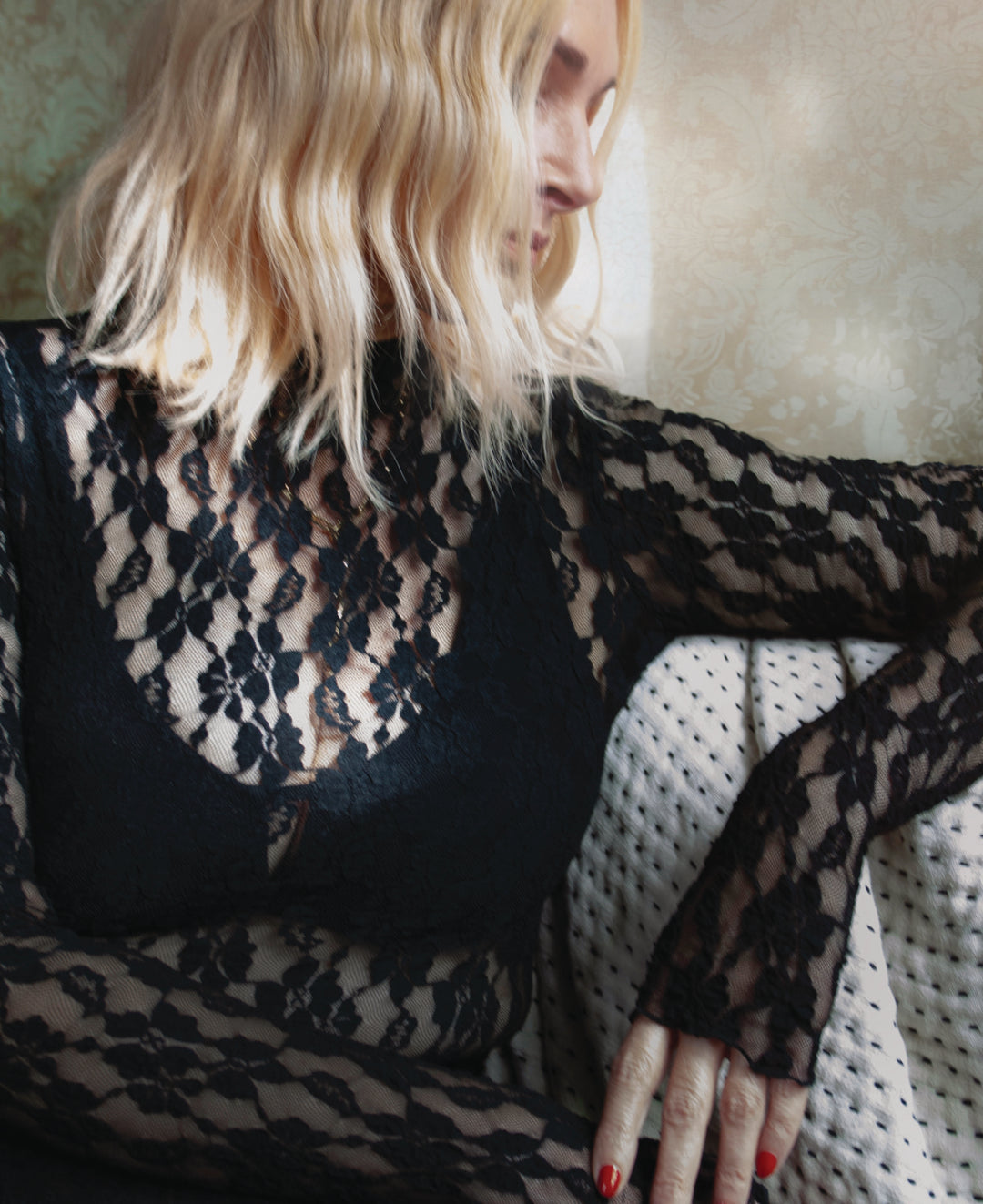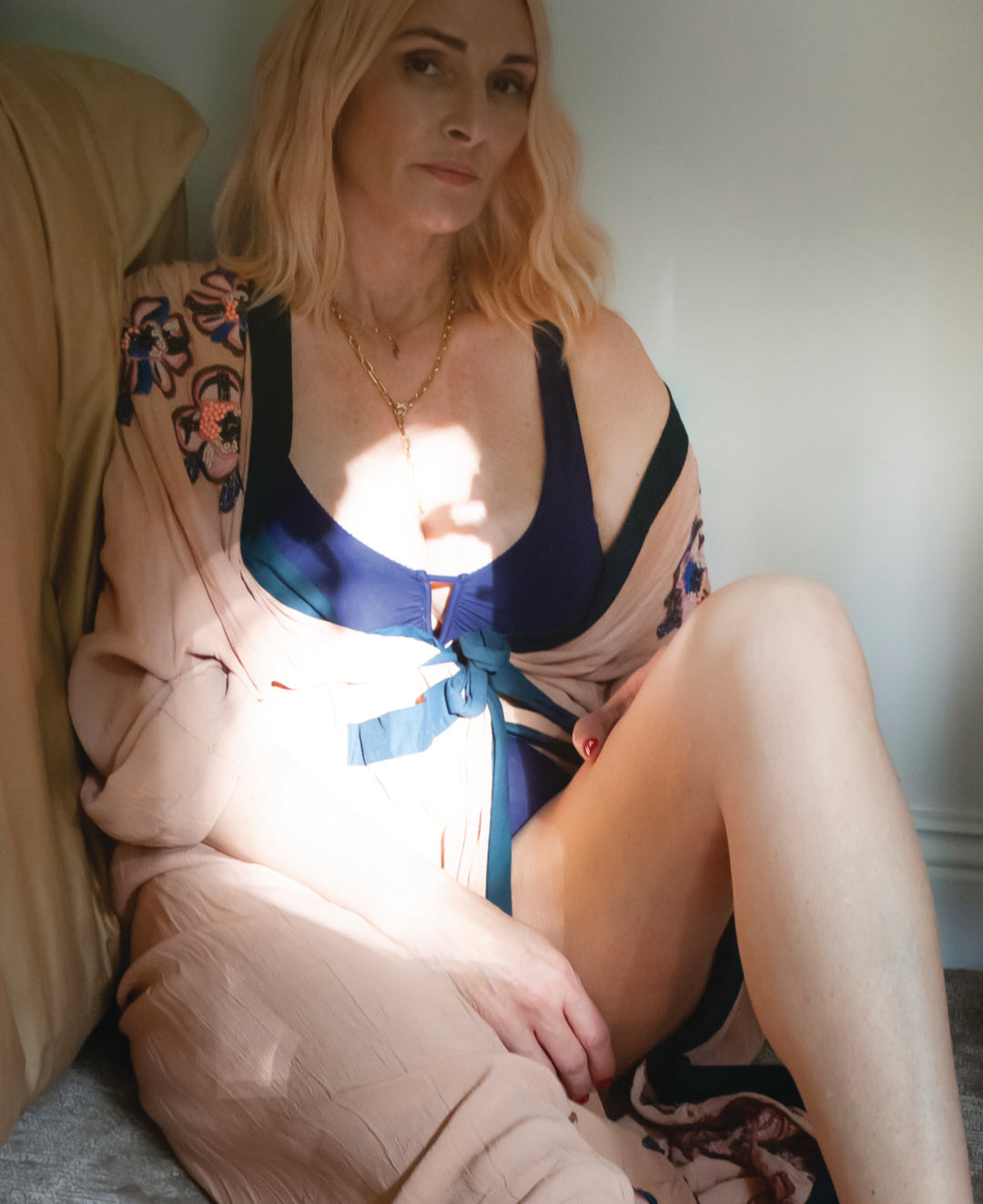
Stop catering to men! "Your customers are women, not adult film stars."
After reading the above comment in regards to a Victorias Secret image we wanted to discuss the portrayal of women in lingerie advertising.
At Videris, we've grappled with this issue ourselves. After decades of societal conditioning, how do we balance artistic expression with respect and empowerment for women? What does it mean to be truly appealing to the female gaze?

Videris collaborator, Angela Jackson-Betts recently shot photos for us with her friend Katherine. We asked her to share her thoughts on balancing artistic expression with respect and empowerment for women, especially in lingerie photography.
She reflects on creating a comfortable, collaborative environment, emphasizing the need for diverse representation and its impact on the younger generation, including her daughter.
Join us as we explore these insights and navigate the complexities of visual storytelling, exploring how imagery can inspire inclusivity and redefine standards of beauty.
Lingerie photography often falls victim to the male gaze. How did you navigate the balance between artistic expression and ensuring your work remains respectful, empowering, and celebratory of women?
I had a clear vision of the style and look I wanted for the shoot, but I wanted to ensure that this aesthetic also had the right vibe, especially since we were working with lingerie. I wanted the images to feel empowering and respectful without making her feel exposed or uncomfortable.
While working through the framing of the shots, it was interesting to see how some compositions made us feel uncomfortable. It was just an innate feeling that something didn’t feel right, and we found that a small tweak to the camera angle or the position of her body made a significant difference in how the shot felt. We tried to use camera angles that were less observational and more collaborative, focusing on what she was comfortable and happy to share with us.
We also shot video, which required us to be particularly mindful of what we were filming. If there isn’t enough movement within the frame and you move the camera around the body, it can feel quite voyeuristic. We worked through a range of actions that made her feel comfortable and moved her body in a way that felt intentional, coordinating the camera movements around that.
Was it important your model felt comfortable and empowered during the shoot, particularly given the vulnerability associated with lingerie photography?
I have always wanted to shoot with Katherine because I love her effortless style and strong sense of self. I knew it might be a little out of her comfort zone to shoot in lingerie, but I felt that if we treated the shoot in a way that made her feel involved in the process and confident in how she looked, she would feel comfortable doing it. We've all known each other for a while, and it was a small all-women crew, so it ended up being a very relaxed shoot with lots of laughs.

Historically women in lingerie have perpetuated very narrow standards of beauty. Why do you think it important to see imagery of all kinds of women?
I have a 12-year-old daughter who is just starting to talk about how women are represented in the media.
In fact, they are doing a project on it in her art class where they are putting together their own collages with a broader representation of what is considered attractive. I’m really conscious of what she is starting to see and how she will compare these images to her own body, so it is important to me that she sees all sorts of different body shapes in the images she consumes.
When I showed her the photos, I was curious to see what she would say since she knows Katherine. I thought she might ask, “Didn’t she feel uncomfortable being in her underwear?” It was heart-warming that she said, “Oh my goodness, Katherine looks so beautiful.”
Read more about the Male Gaze in this insightful piece for The New Yorker by Lauren Michele Jackson
“The male gaze projects its fantasy onto the female figure, which is styled accordingly.” Laura Mulvey

















